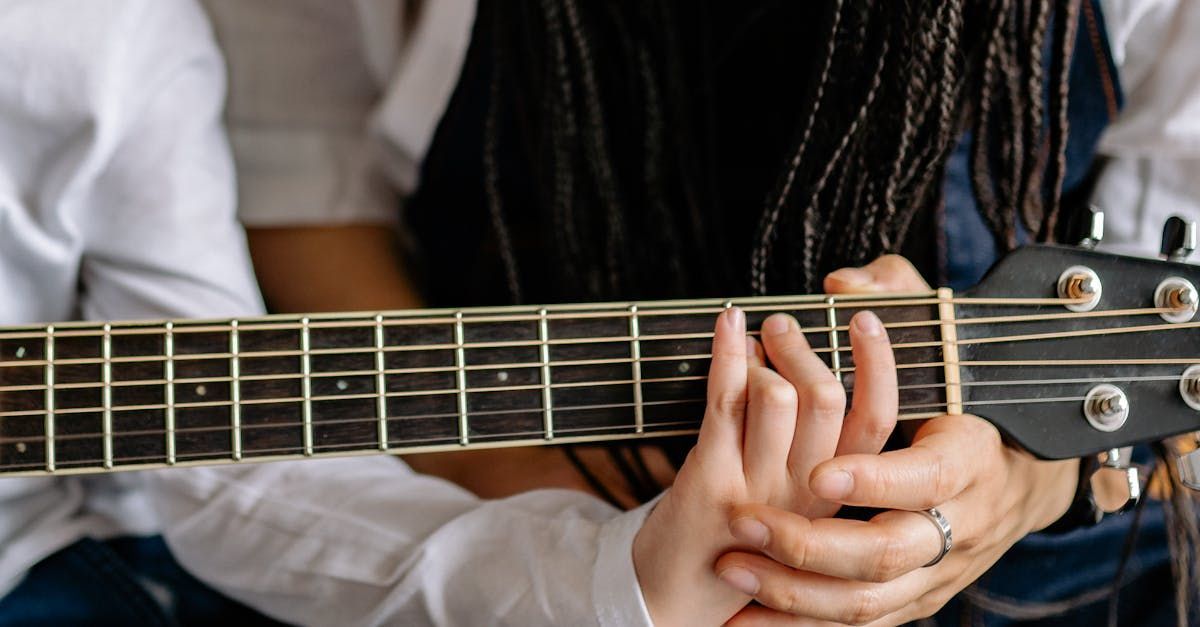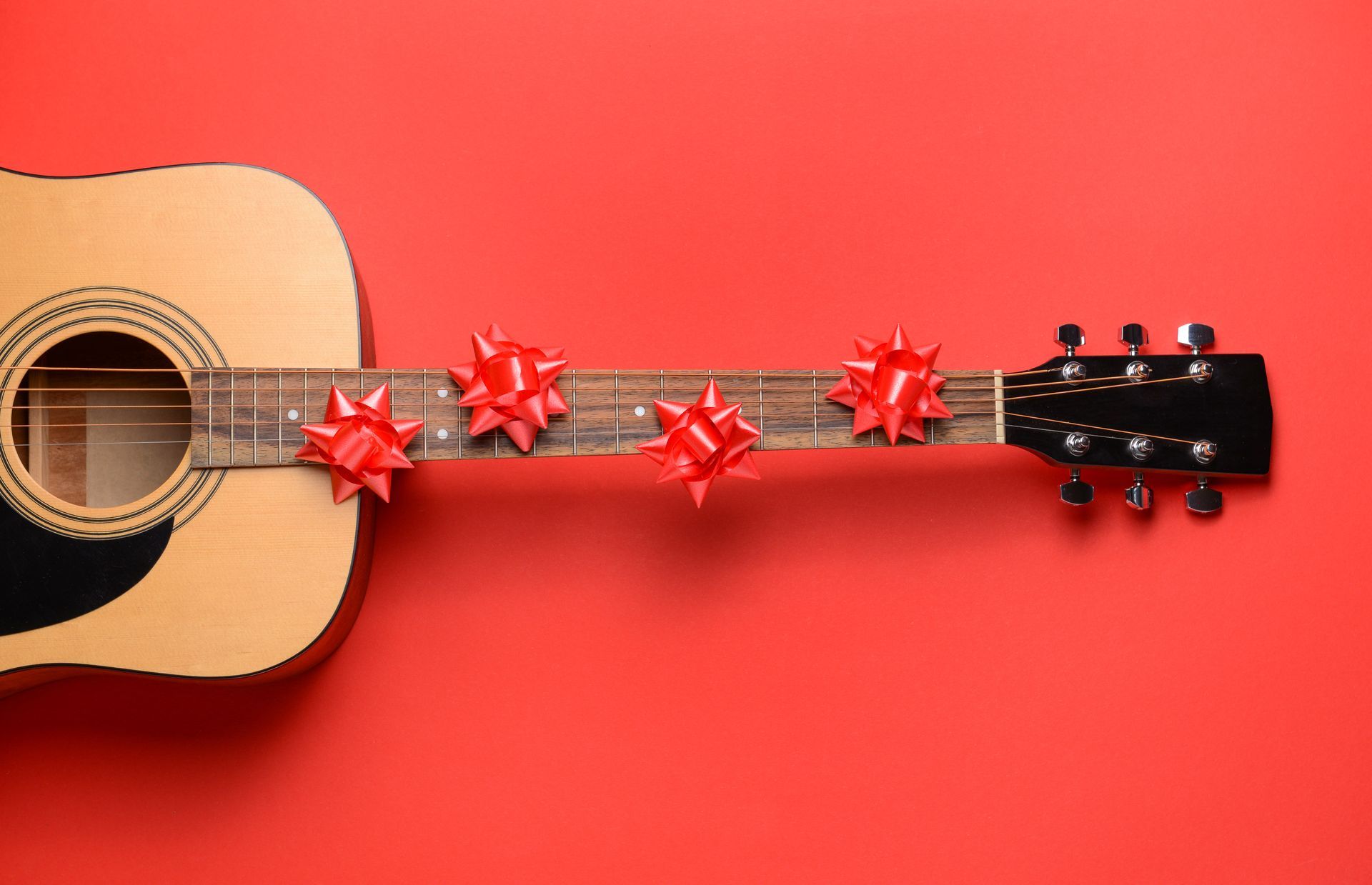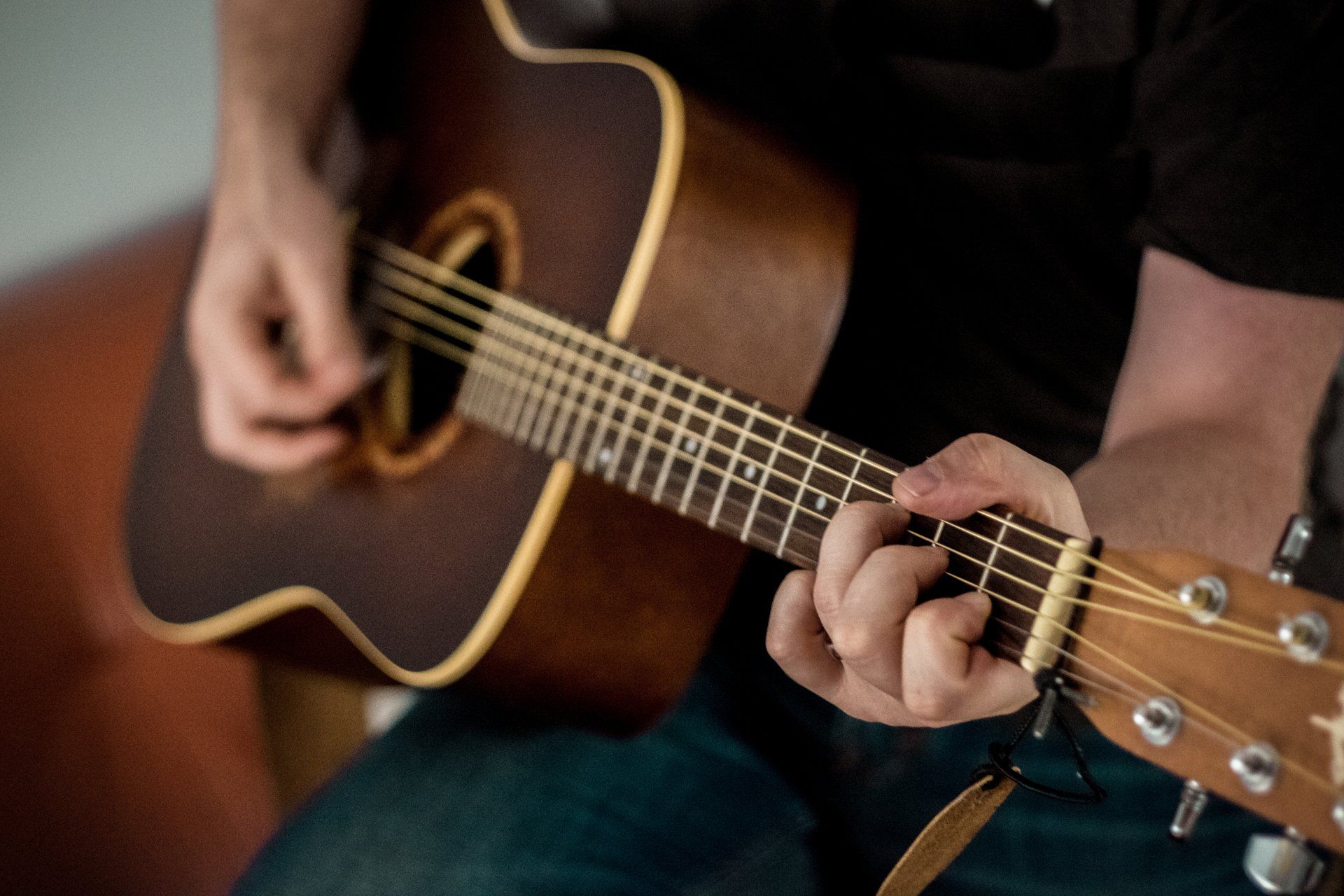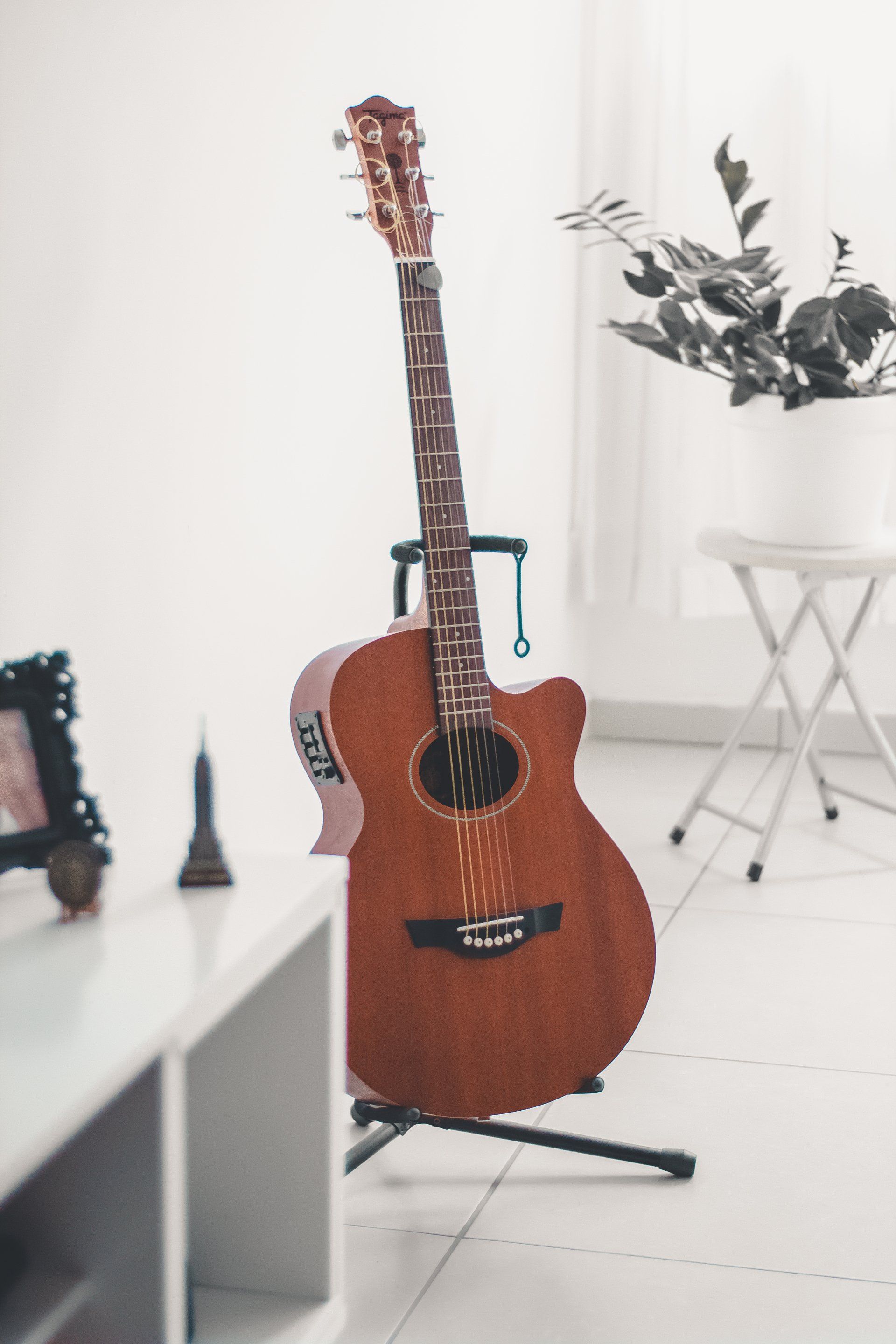Aging and Guitar: How to Handle your Hands
Have you experienced increasing hand pain in our age of reliance on technology? Has it affected your guitar (or other instrument) playing?
The effects of aging on our bodies, in addition to cellphones, tablets and increasingly lengthy hours working from home, seem to be taking a toll on guitarists' hands. I have had several students report discomfort to me recently, especially since stay-at-home and self isolation orders took place in early spring 2020. Even my younger students are reporting wrist tendon pain - exacerbated by phone use, texting and gaming.
I cannot overstate the importance of some easy and cheap (or free) solutions.
These small steps can reduce your pain and prevent injury
-
Put down your phone and tablet. You are injuring your hands and wrists. It's simple - most dollar stores or other big retailers sell little phone stands so you can operate your phone without holding it. Here's an item called a V-shaped folder for about a dollar. You can even get a little stylus to assist.
-
Perform hand stretches every day. Here are some tips.
-
Alternate sitting and standing while playing your instrument. Get a guitar strap if you don't have one. There are several hundred styles and price points to choose from. I recommend calling your local music store and asking about what's suitable for your height. While most guitar straps are adjustable, we are all built differently and an expert will help you.
-
Stop being a white-knuckle driver (if you are one). This causes lack of blood flow and too much tension on your fingers and wrists for long periods of time.
-
Don't strangle the guitar. The guitar neck is a piece of wood with strings stretched over the length of it. The frets are the silver markers to show you where the different notes live. Please don't press the strings down harder to sound a note any more than you need to. The question should be: "How light may I play and still achieve a clear sounding note?" See this video of Doc Watson to see just how quick and light you can touch a guitar, even at as an older adult, to get a clear, fast notes: Doc Watson 1997. As a side note, I saw Doc live in the 2007 and he was pretty darn quick and agile. And that was ten years after this video!
-
Sit with your feet flat on the floor and your shoulders level. Posture is important.
-
Get a right-sized guitar for YOU. We are all built differently, and there are many guitars to choose from. They are small as 1/2 size and as large as Jumbo and Dreadnought (named after a ship!). Talk to an expert - go to your local music store or, at the very least, find a performer about your size/stature and check them out online - find out what size guitar they are playing for a comparison.
-
Keep your left wrist as straight as possible, with as little bend as possible. Nevermind how the guitar stars play with their instrument slung low and a left wrist bent out of proportion. Sure it looks cool. But what you likely don't see are the wrist braces they have to wear all the time too fight the pain and stress on their left arms. A pretty large price to pay for "looking cool" with a low-slung guitar.
I'm not a doctor, none of this is medical advice - it's common sense combined with my own struggles with wrist and tendon pain/weakness over the years. Guitar learning and teaching used to be very book and listening-based...now, for most learners, it's many hours at a computer navigating websites, your learning journal, and other resources. The very ergonomics of how we learn has changed, and has caused much injury as a result. The good news is, a little mindfulness goes a very long way toward prevention.











